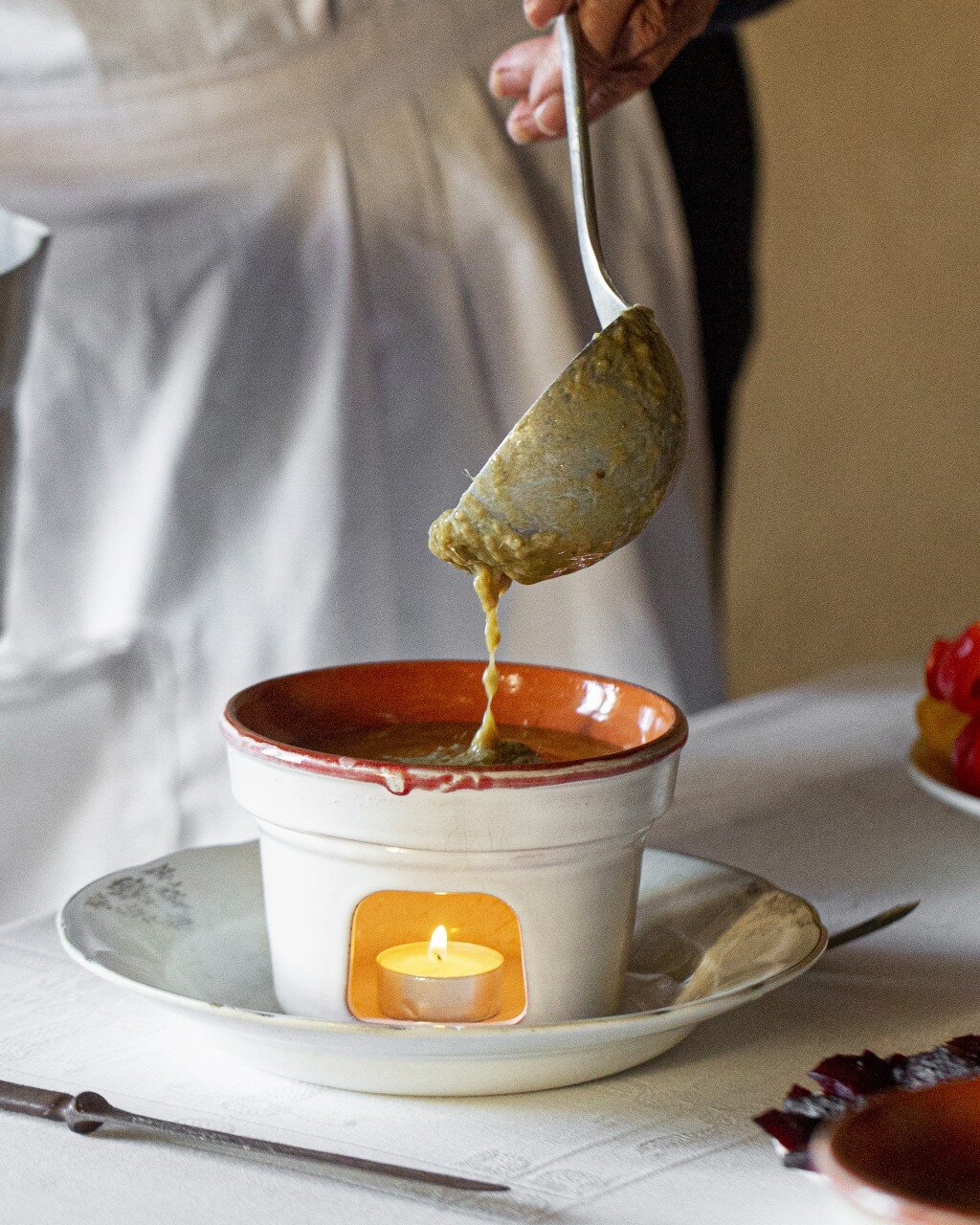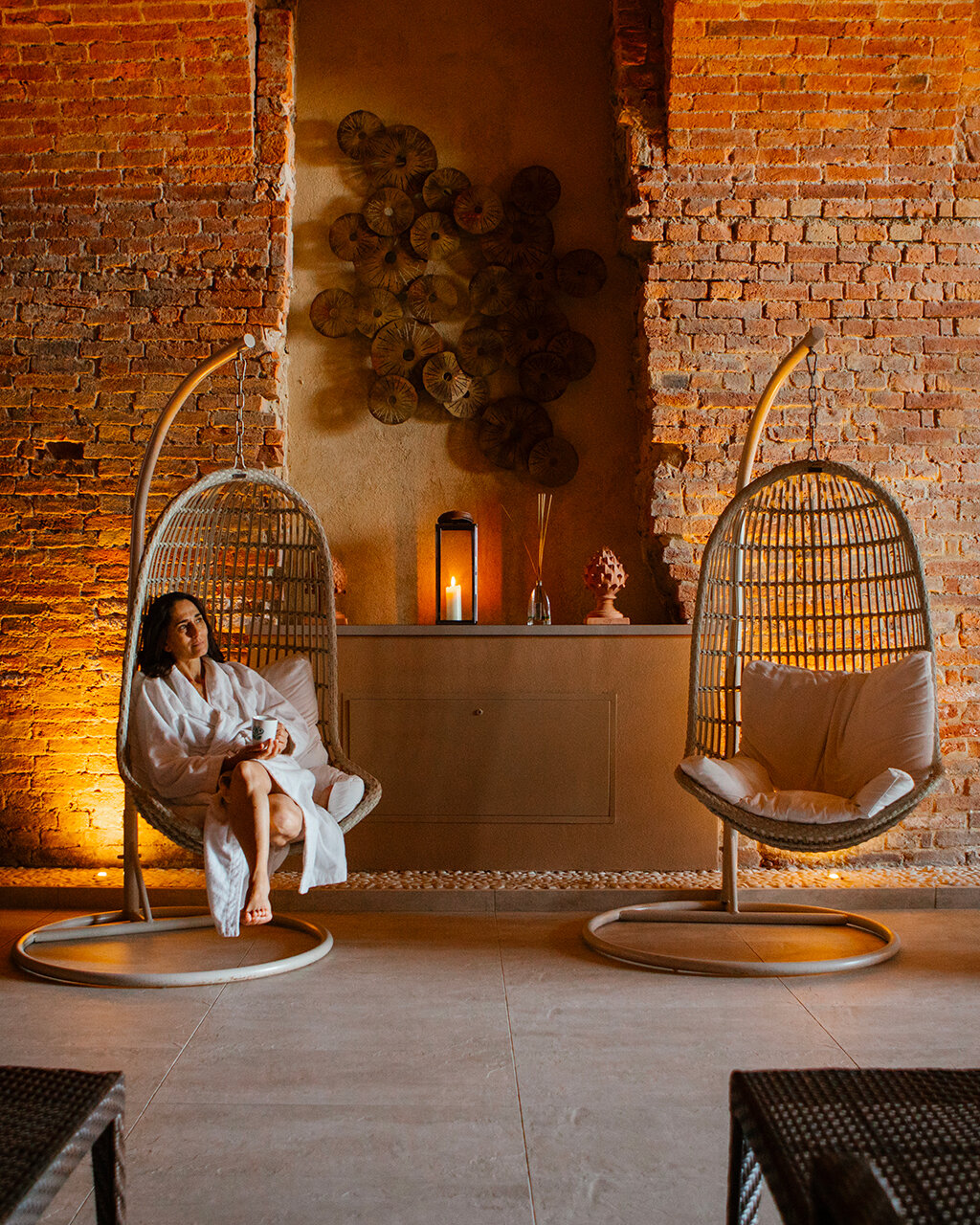Straight on, just before Piazza Alfieri, where the Palio of Asti is actually held (number 34 hosts the Tourist Office) take Via Giuseppe Gardini to the left and turn almost immediately left onto Via Astesano which leads to the homonymous, delightful, narrow and long square with a small playground and coffee tables. You walk along the whole street through the pedestrian footpath on Via Repubblica Astese, at the end of it turn slightly to the right and you will reach the beautiful Piazza Statuto overlooked by the 12th century medieval Torre Guttuari which is still in use today. The Guttuari were Ghibellines and it was precisely this place that saw the fights between the Guelph and Ghibelline factions during the 14th century ending with the expulsion of the Guttuari in 1304 and the destruction of most of their palaces to make way for Piazza delle Erbe.
- suitable for: all ages, suited to strollers
- elevation gain: irrelevant
- distance: 3,8 km overall
- estimated time: 1,30 hours overall
- route type: loop on asphalt
- medium altitude: 125 metres
- when: all year round
Following the line of medieval porticoes, you reach Piazza San Secondo where the façades of the Collegiate Church and Palazzo Civico (Town Hall), stand side by side. The holy building dates back to the 13th-15th century, but it still has its 11th century bell tower and the central part of the 10th century crypt and, in a side aisle, the drapes of the Palio races are kept and preserved.
With your back to the Town Hall, take the narrow Via dei Cappellai and immediately turn right onto Via Incisa and go past the 14th century Palazzo del Podestà, a fortified house. The narrow street leads to the commercial Corso Alfieri, walk along it on the left until you reach the mighty 13th century Comentina Tower, once used as a command post for the Palio race which at the time was a "long run" (i.e. it was run through the city streets and not on a circuit). Strangely enough, the castle that encloses it is not of the same period, it is a neo-Gothic style work dating back to 1898. On the square, to your right, you will find the Alganon Gardens where you can freshen up a bit (fountain).
Walk along Corso Alfieri, now marked by a series of museum buildings such as Palazzo Mazzetti, seat of the Civic Museum. Just a few steps away you find the Romanesque crypt and Sant'Anastasio Museum which has some archaeological remains of four churches dating back to 7th-17th century. They are opposite Palazzo Ottolenghi, on the other side of the street, which is home to the Risorgimento Museum as well as to the Museum of the Partisan Garibaldi Division, while further ahead lies the octagonal Torre De Regibus, dating back the 13th century.
Palazzo Alfieri, where the playwright Vittorio Alfieri was born in 1749 and which today houses the Alfierano Museum, as well as the Guglielminetti Museum, leads to Piazza Cairoli, at the bottom of which lies an impressive plane tree planted in 1849. A last stretch along Corso Alfieri takes you in front of the Red Tower, a building dating back to the 1st century A.D. whose lower part consists of sixteen sides; this is what remains of the ancient entrance gate to the city. During the XI century it was built to be used as bell tower for the nearby church. Although it is not part of the trail, a visit to Palazzo Michelerio with the Paleontological Museum is definitely worthwhile.
Take the paved Via Varrone to the right past the Domus Romana which, under an inhabited building, hosts the remains of a patrician house with its rich paving. When the street seems to end in front of a building in Piazzetta S. Brunone, take Via Cardinal Massaia to the right reaching first a building of Medieval origin remodernized in the Renaissance period that houses the Palio Museum, and then the Cathedral of Asti: a magnificent example of Gothic architecture in Piedmont. Inside there are baptismal basins dating back to the 8th century and to 1229 which are based on the remains of Roman columns dating back to the 1st-2nd century BC.
You cross Piazza della Cattedrale in full, while enjoying the side of the sacred building with the portico of the 14th century and the Romanesque bell tower of 1266 and then turn towards Via Cattedrale, which leads to Piazza Catena. Continue straight ahead along Via Hope and you will get right next to the Trojana Tower which, with its 44 metres of height, is the highest medieval tower in Piedmont. It is also called "clock tower" because in 1531 the Town Hall had a clock and a bell installed there to strike the hour, and it is still there today. You have to climb about 199 steps and you will be able to enjoy the view of the city from above.
Go straight ahead, along Via Cesare Battisti, cross Corso Dante and continue under the Portici Rossi keeping to the left. The arcades end shortly and you continue along the Corso. The stretch itself is less interesting, but it is necessary to reach the jewel of the architectural complex of San Pietro in Consavia, built in the 12th century as a hospital for the Order of the Knights of Jerusalem, next to the church dedicated to the Holy Sepulchre. In the 14th century it also became Grand Priory of Lombardy, with control of the Order in Northern Italy. The oldest part is the Rotunda, built to recall the Holy Sepulchre of Jerusalem, while the square-shaped building is the chapel of Valperga dating back to 1446. The buildings, which are now deconsecrated, are used as exhibition centre.
After the tour you go back to the portico area and turn left towards Piazza Vittorio Alfieri, where you started your walk. At the end of the square, keeping left, you will see the entrance to the shady Resistance Park with benches, fountains and with playground, once you walk through it you will return to Piazza del Campo del Palio.
PLEASE NOTE: Responsibility for the maintenance and practicability of the various trails lies with the municipalities where the routes are located. The Tourist Board, therefore, cannot be held responsible for any inefficiencies, but is willingly available to collect your reports so that they can be forwarded to the authorities concerned.


